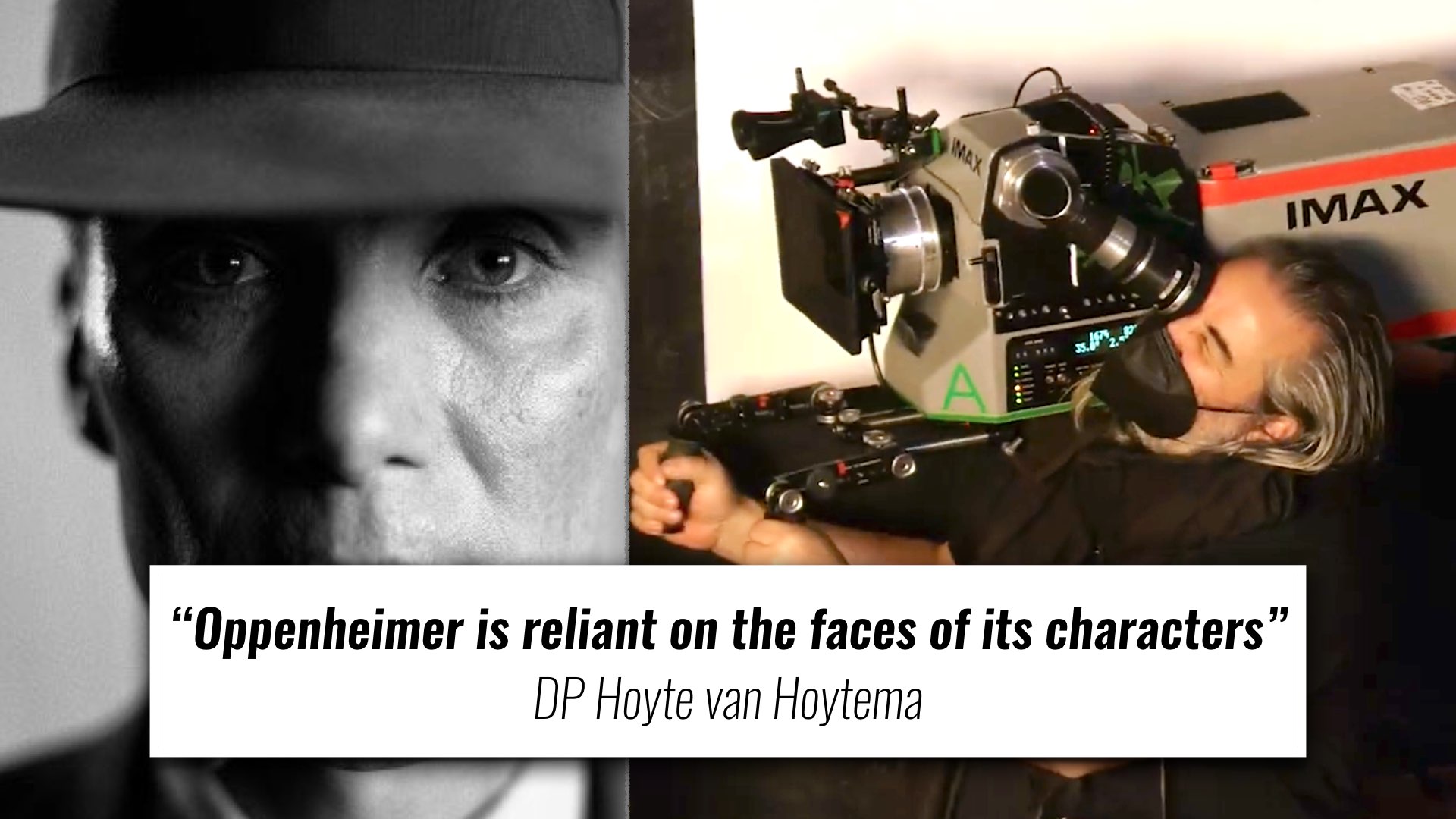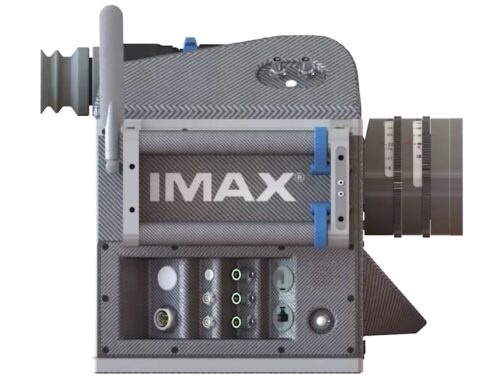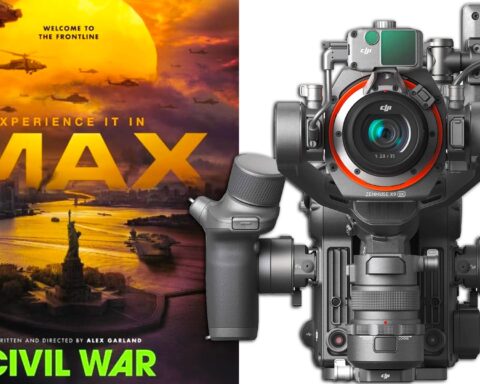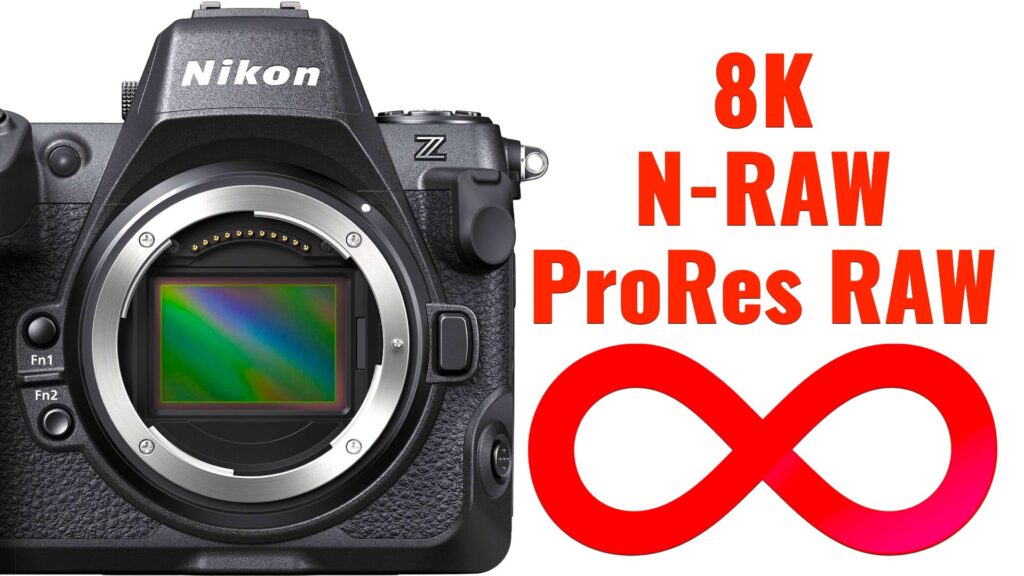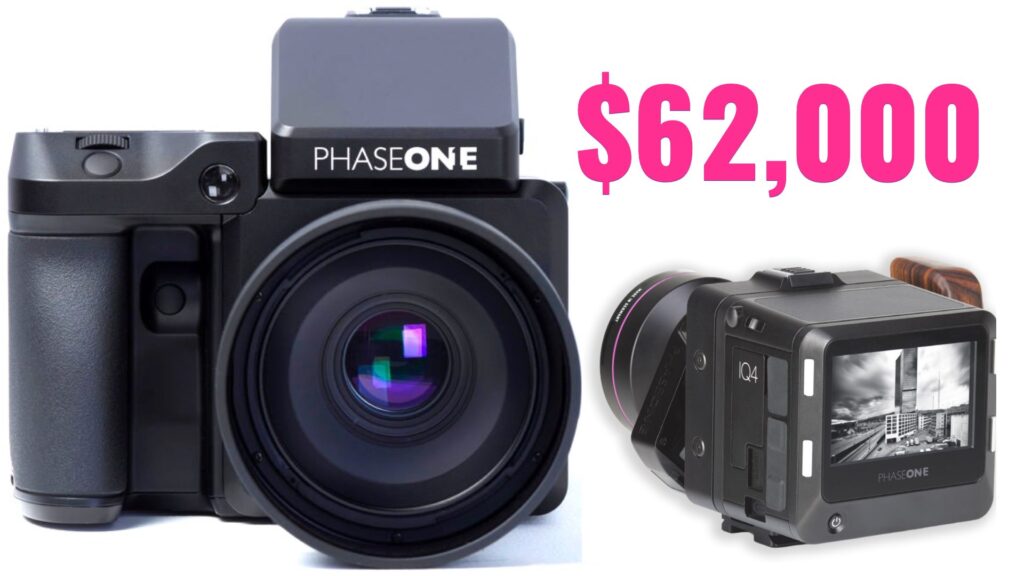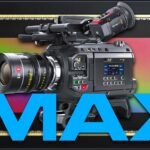The Oppenheimer Production Notes were published. In the cinematography section, the creative ideas behind the film were revealed. In a sentence: In Oppenheimer, the IMAX cameras were utilized to shoot faces, and closeups, with a simple yet very powerful style. Read the cinematography notes stated by Oppenheimer DP- Hoyte van Hoytema.
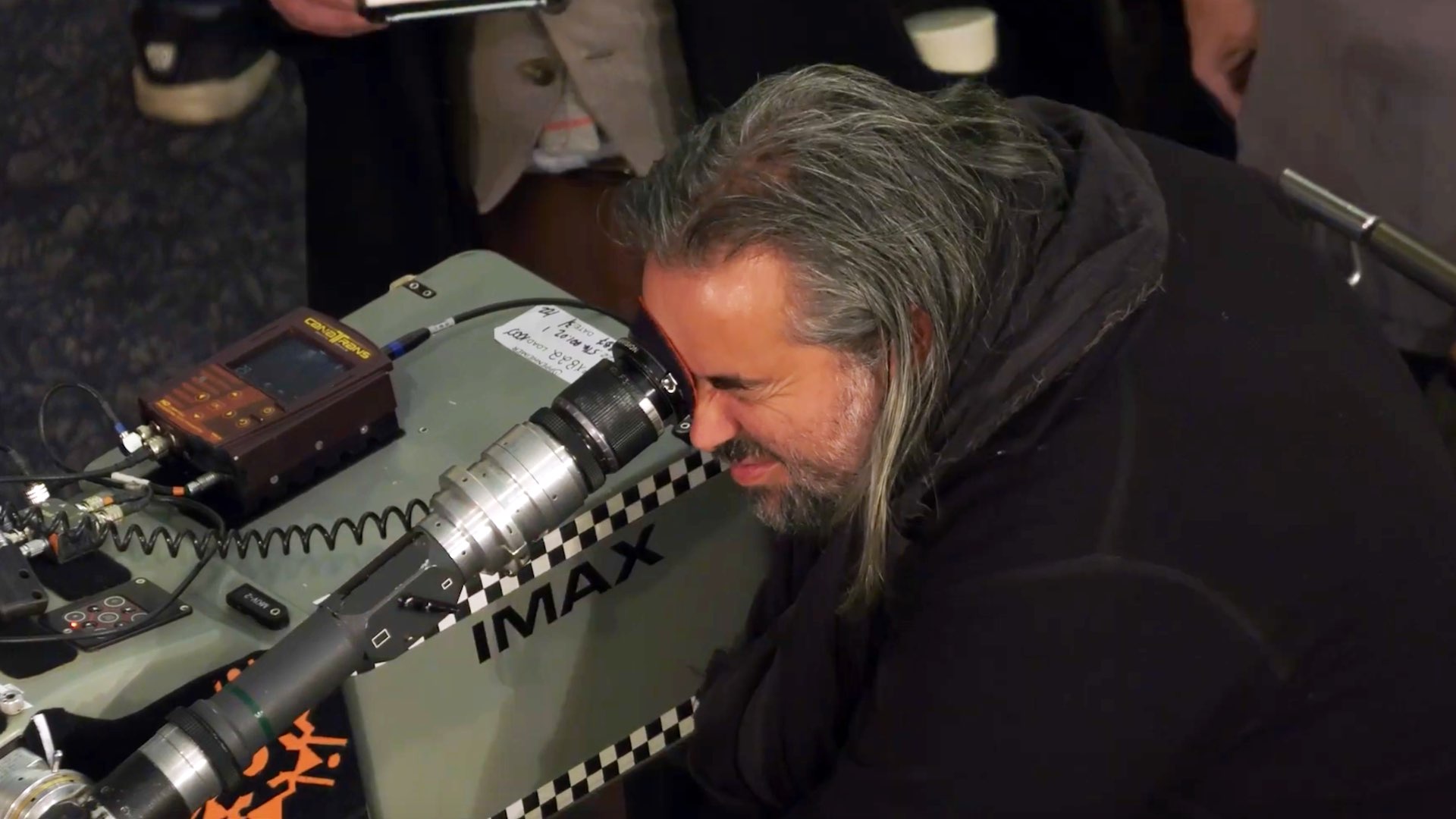
Oppenheimer production notes (Cinematography)
The Production Notes of Oppenheimer were published. We read the section related to cinematography to try and find ideas, insights, and tendencies which indicate how the film was shot from a creative point of view. Explore below the fascinating quotes and notes by Director Christopher Nolan and DP Hoyte van Hoytema.
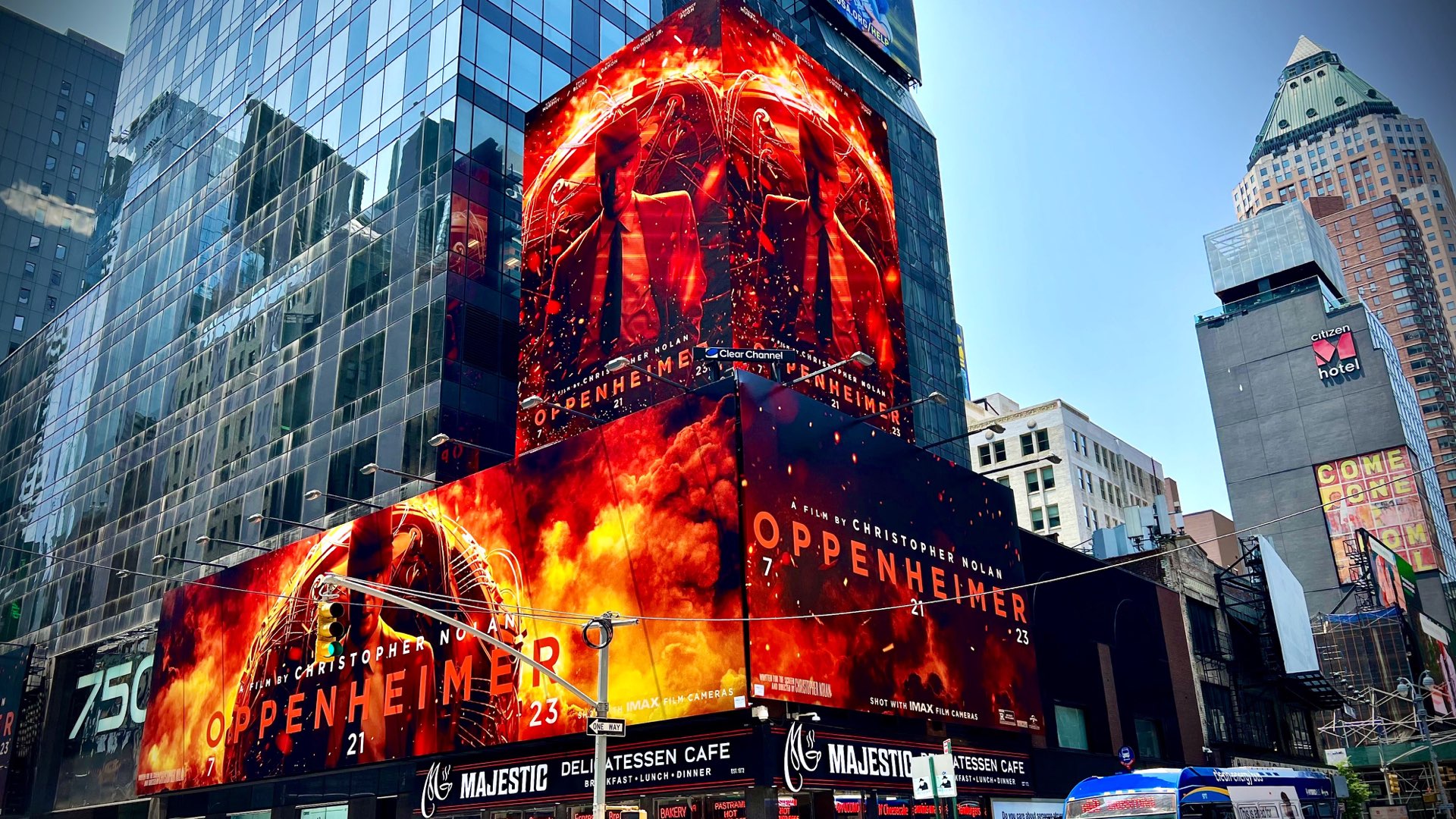
Psychological thriller shot on IMAX
Oppenheimer marks the fourth collaboration between Christopher Nolan and cinematographer Hoyte van Hoytema, who served as director of photography for Interstellar, Tenet, and Dunkirk, for which he received an Oscar nomination. Van Hoytema’s filmography also includes Her, Spectre, and Nope. “My biggest challenge with Oppenheimer rests in the way it is very different from the other films I’ve made with Chris,” says van Hoytema. “In Interstellar, Dunkirk, and Tenet, there’s an emphasis on action. Oppenheimer is more like a psychological thriller; it’s reliant on the faces of its characters”.

The cinematography style
“The style of photography that Hoyte and I adopted for this movie was to be very simple yet very powerful,” Nolan says. “No barrier between the world of the film and the audience, no obvious stylization other than the black-and-white sequences. But particularly with the color sequences, we wanted very unadorned, simple photography, as natural as possible, revealing lots of textures in the world. Whether it’s the costumes or the sets or locations, you’re looking for real world complexity and detail”.
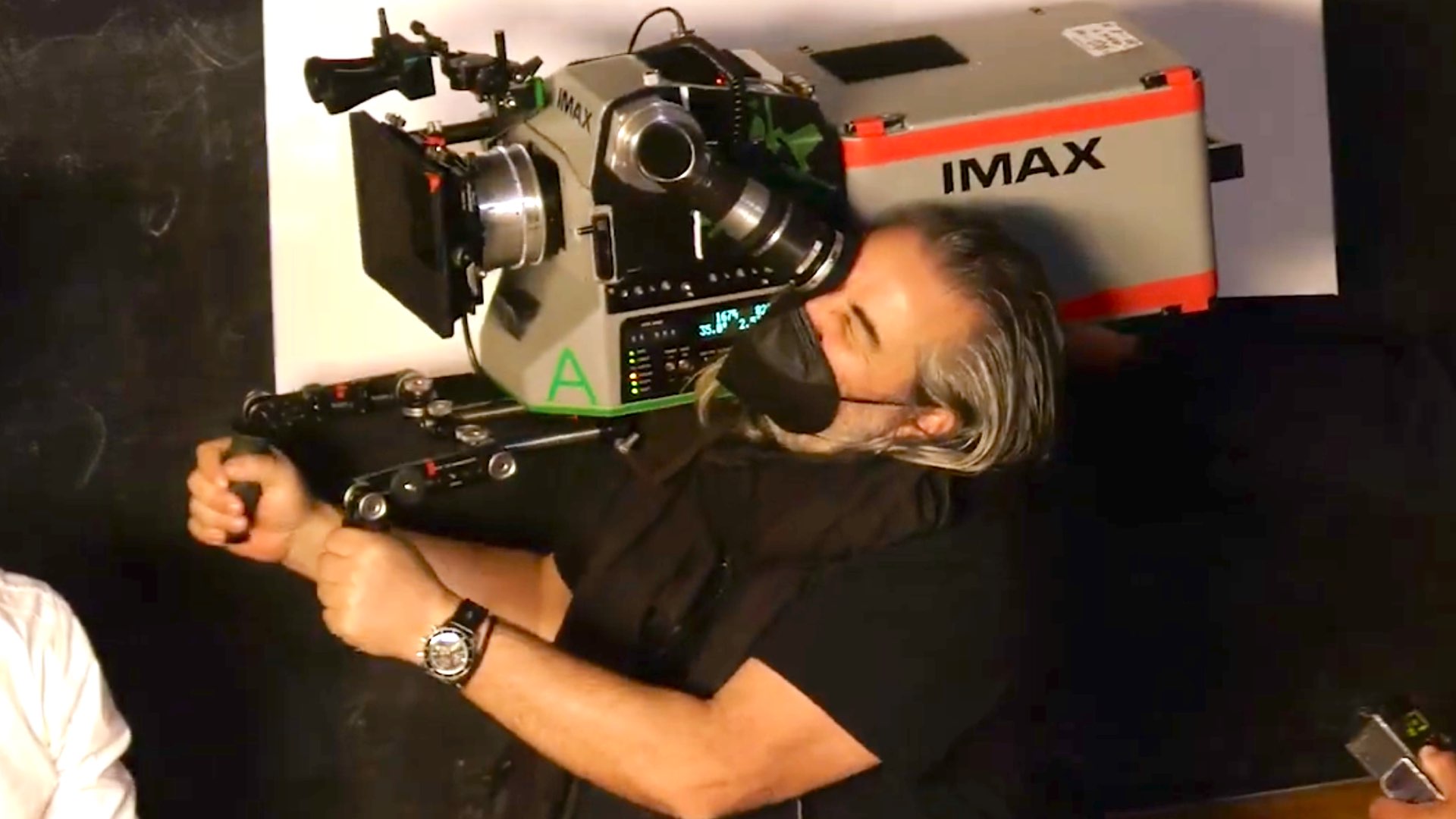
Shot on Panavision and IMAX 65mm
Oppenheimer was shot exclusively with large format cameras—Panavision 65mm and IMAX 65mm. “What large-format photography gives you is clarity, first and foremost,” says Nolan. “It’s a format that allows the audience to become fully immersed in the story and in the reality that you’re taking them to. In the case of Oppenheimer, it’s a story of great scope and great scale, and great span. But I also wanted the audience to be in the rooms where everything happened, as if you are there, having conversations with these scientists in these important moments”.
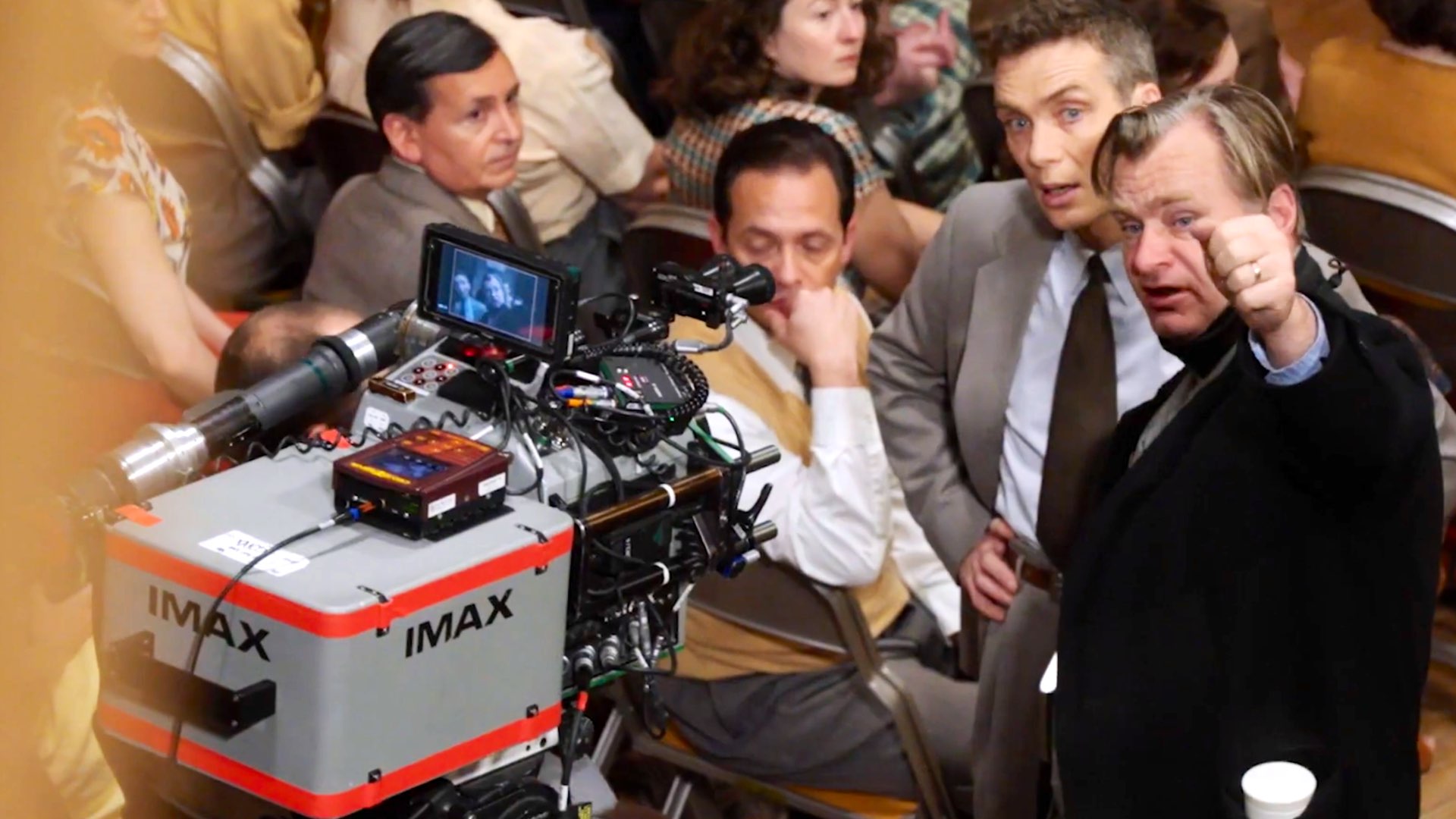
Especially made B&W 65mm film
The black-and-white scenes required the invention of a new kind of film stock. “One of our first phone calls was to Kodak,” says van Hoytema. “We asked: ‘Do you have 65-millimeter black-and-white film?’ And of course, they didn’t, because they never made it before. So, we asked: ‘Can you make it?’” And they were like, ‘Maybe?’ And then we were always nagging them like little kids to do it. Fortunately for us, they really stepped up to the challenge. They supplied us with prototypal film stock—freshly manufactured, with hand-written labels on it—and when we tested it, the first time we saw it, it just blew us away. It was so special and so beautiful”.
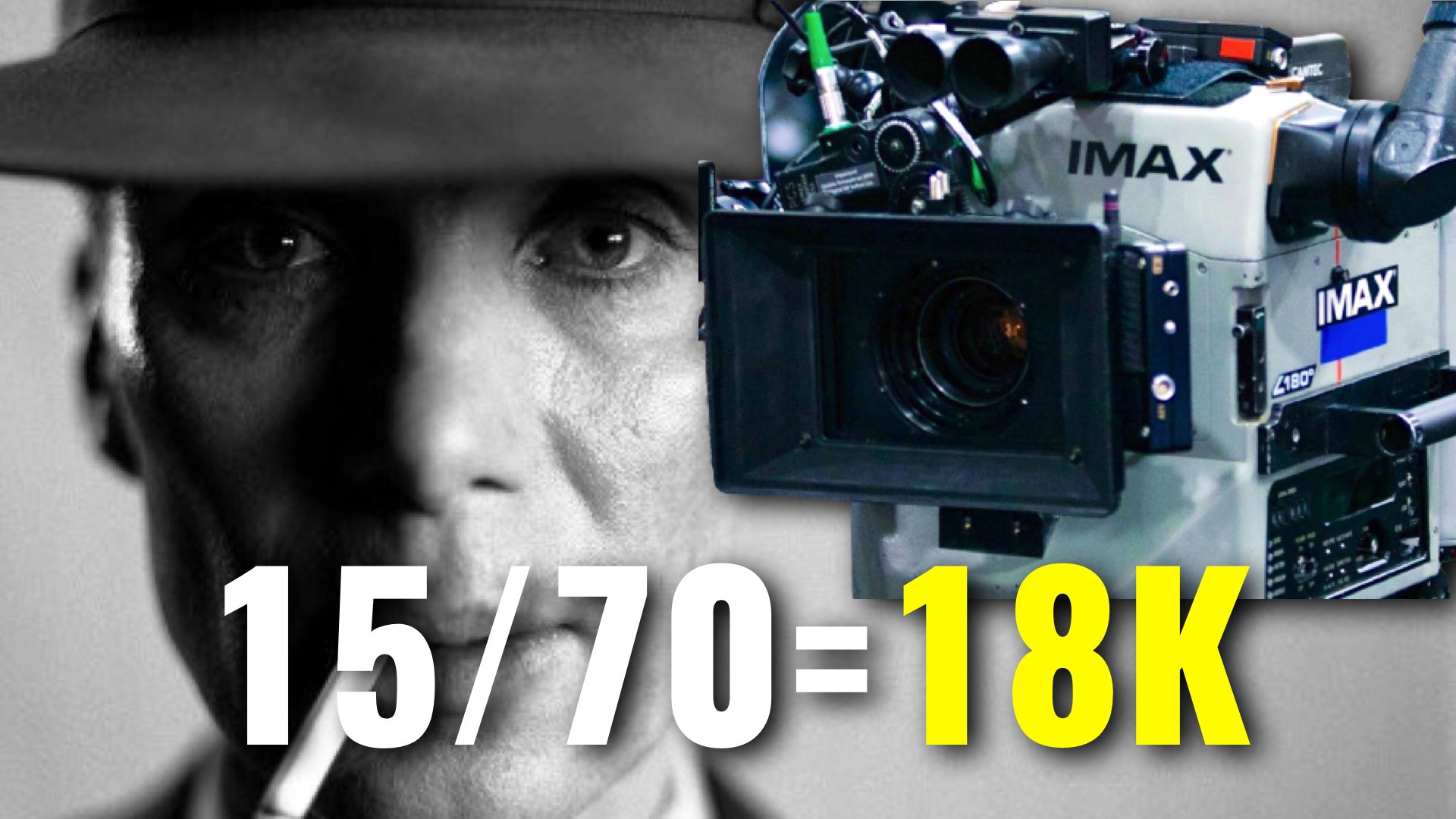
Shooting psychology
Filmmaking became an ambitious experiment in producing a human-centered drama with the biggest cameras in the world. “IMAX is usually this format for spectacle, used to present vistas and convey grandeur,” van Hoytema says. “But from the very beginning, I have always been curious to discover if it can be just as powerful when used for close-ups. Can we shoot psychology? Can we make this an intimate medium? With Oppenheimer, there has been an evolution. It was the first film where I was forced to put my money where my mouth was, so to speak, and make it happen, because the story demanded it”.
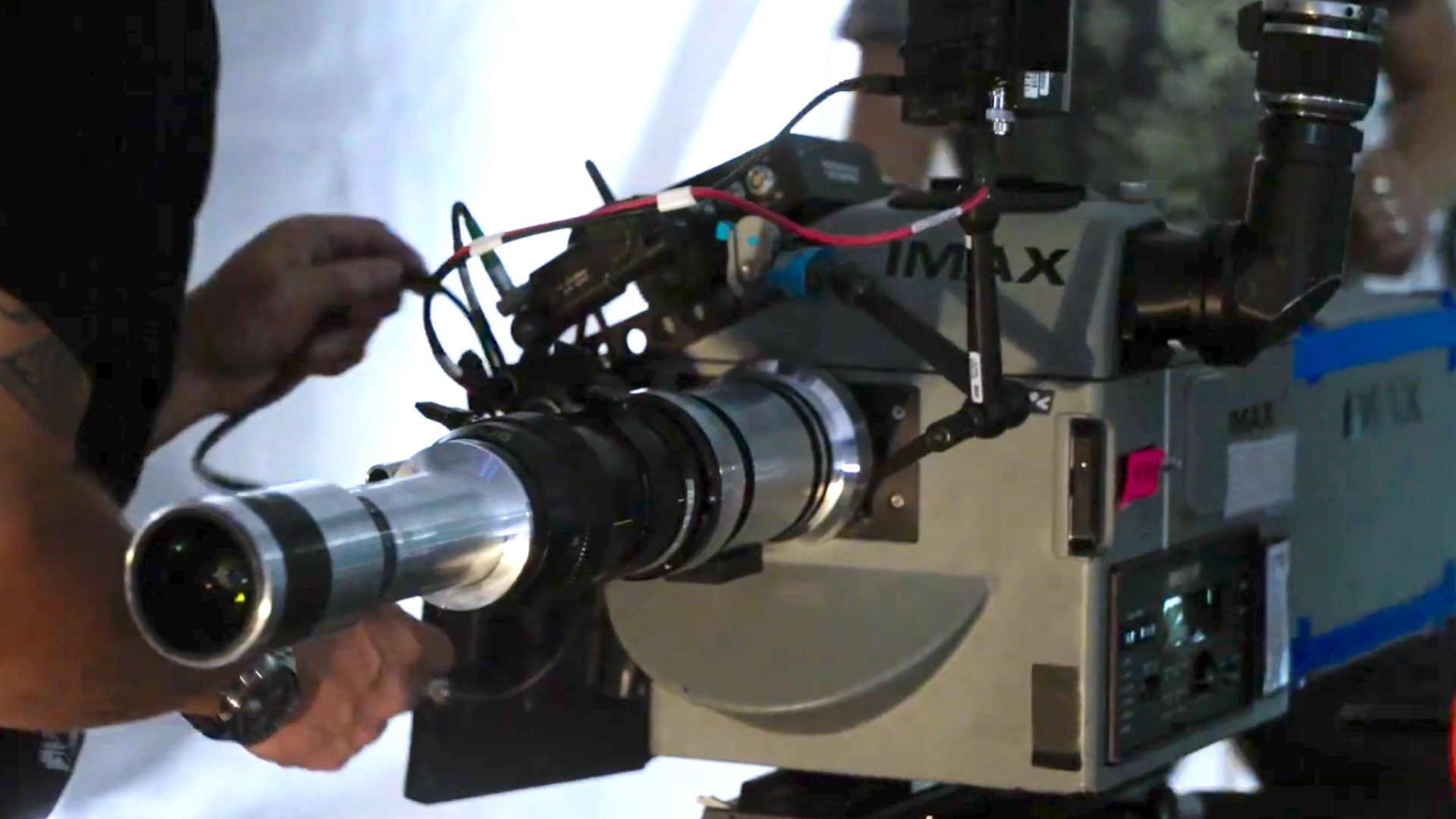
Dedicated to IMAX theaters
Given the large-format film and the two different kinds of stock, both color and black-and-white, the challenge of creating Oppenheimer with multiple formats continued into post-production, as the film had to be edited, color-corrected, and printed for IMAX, digital and standard presentation.
Are you excited to watch the film? Read the Official Oppenheimer Large Formats Guide to understand the various formats to watch the movie.


